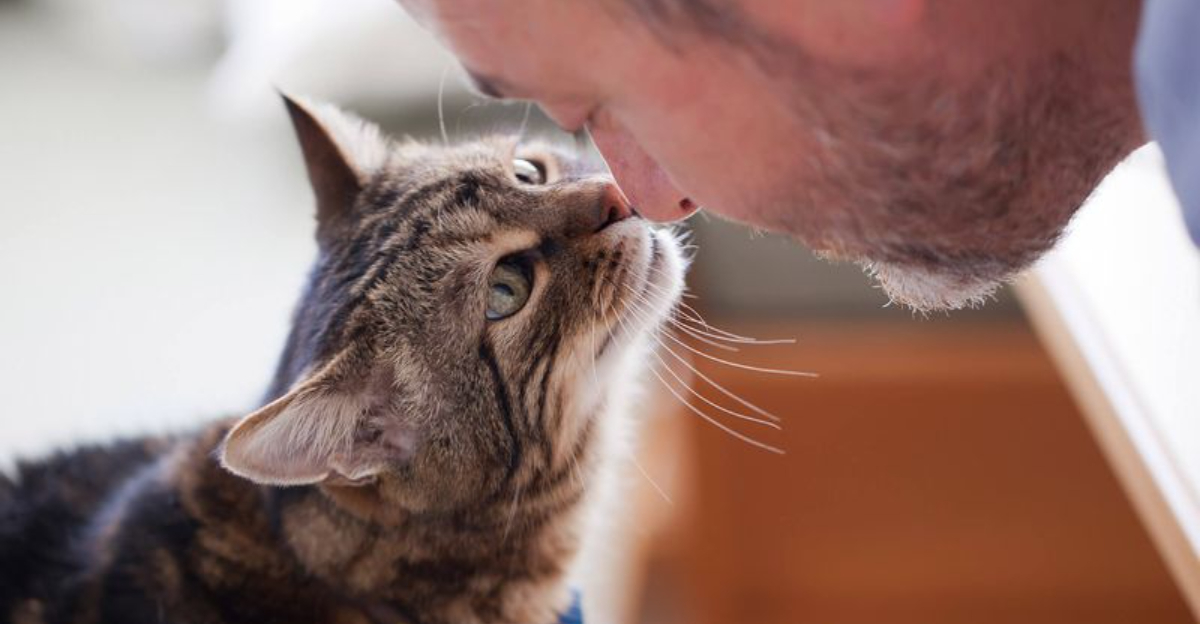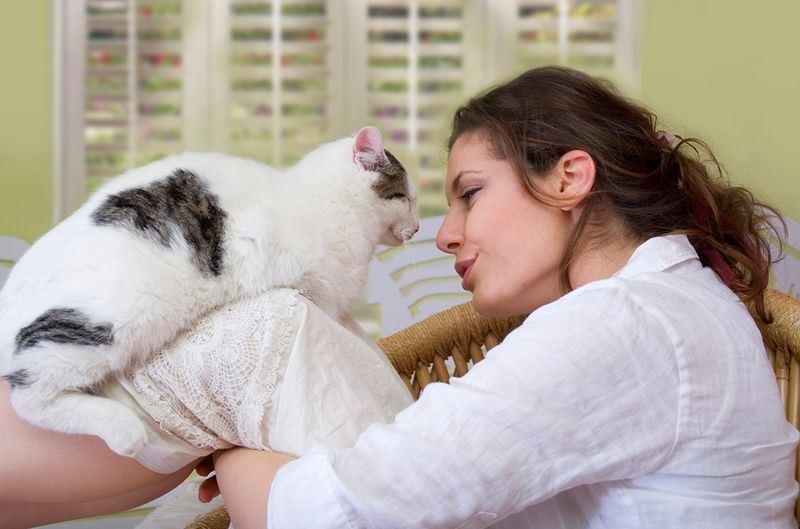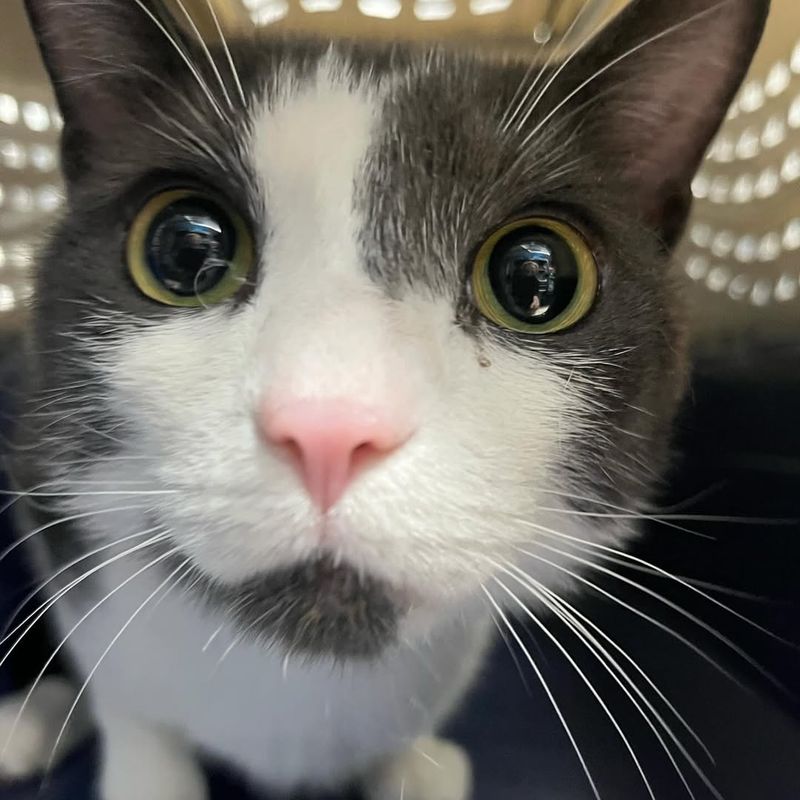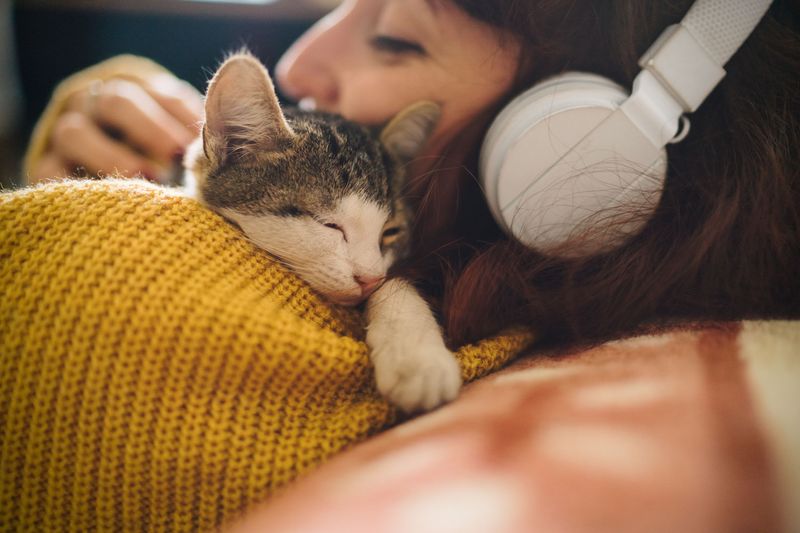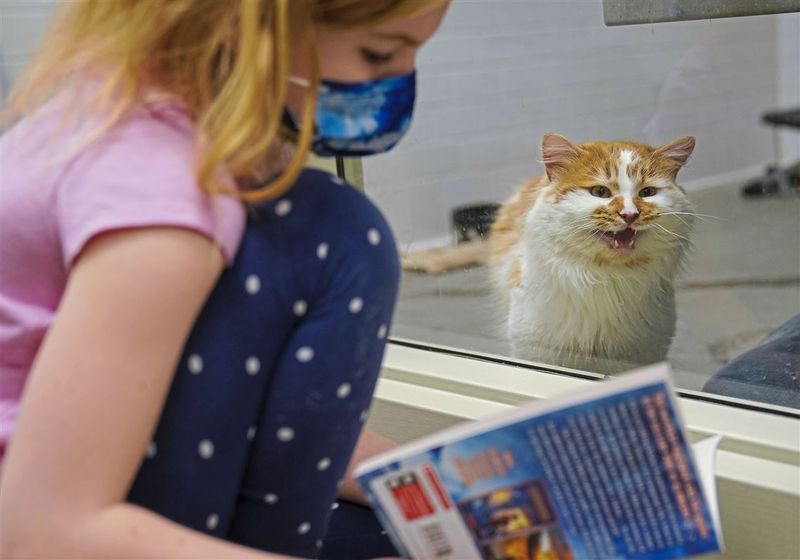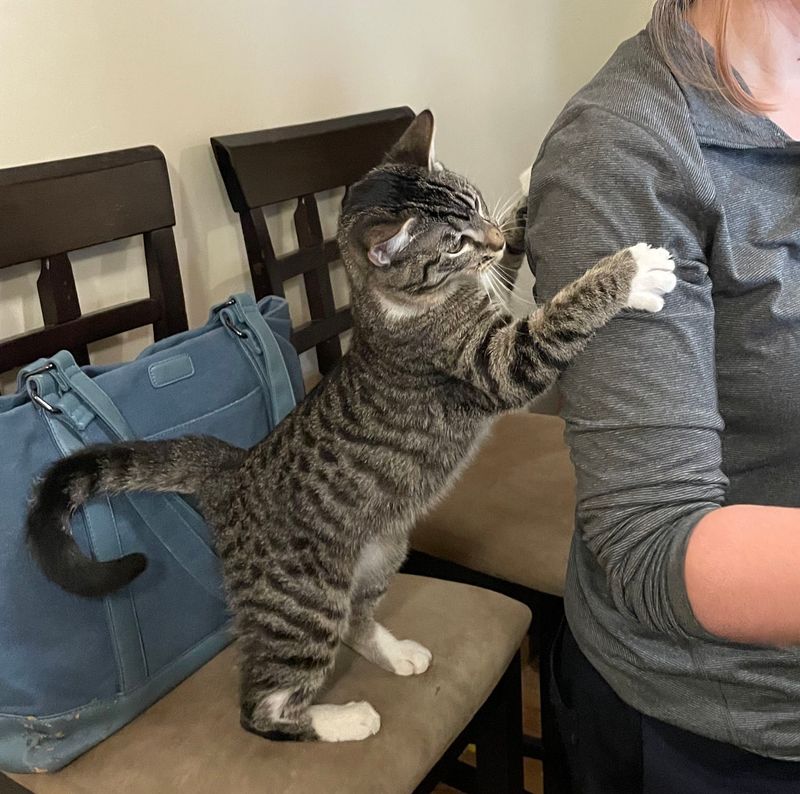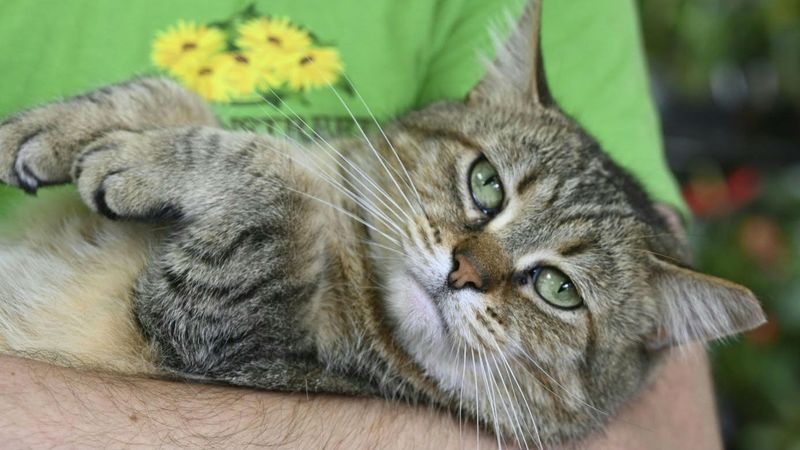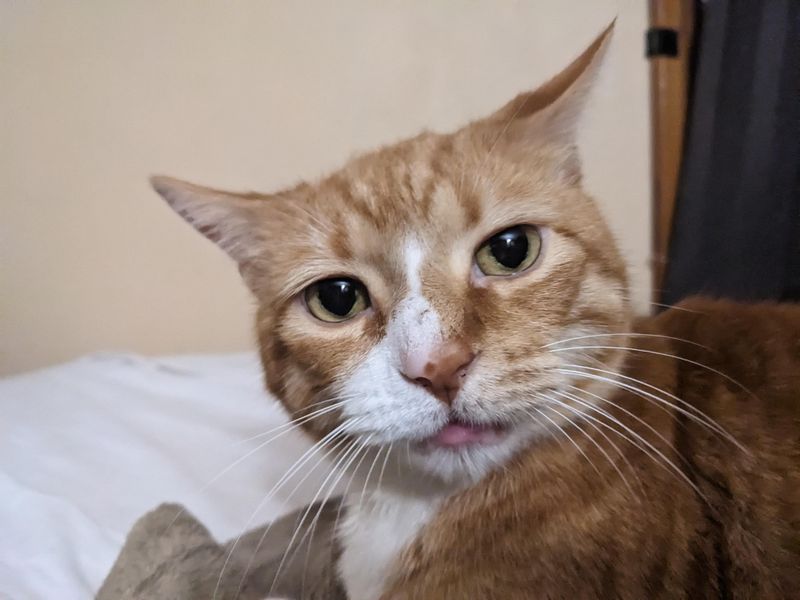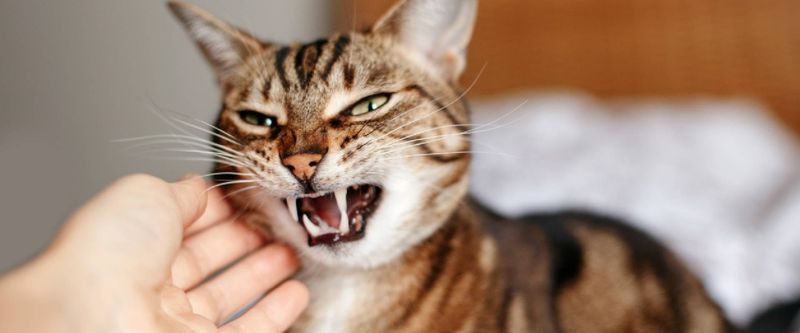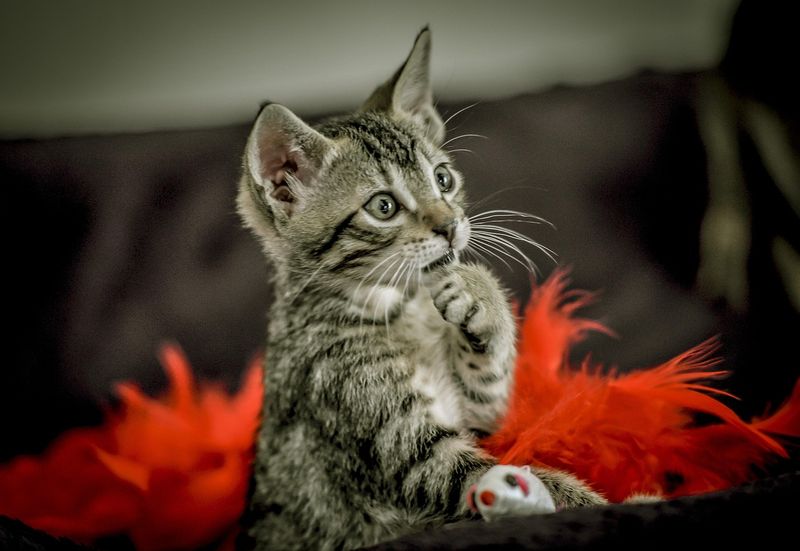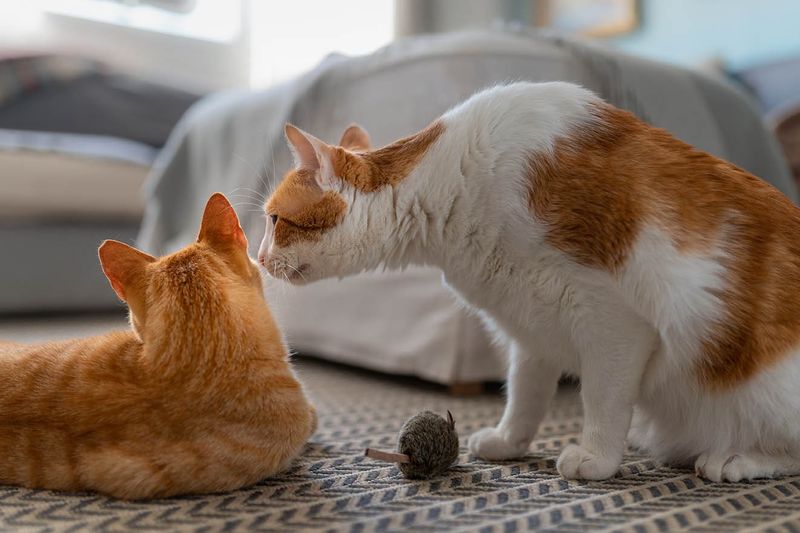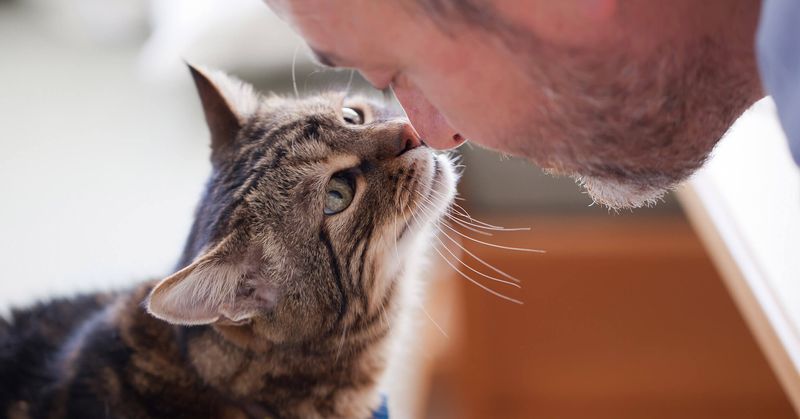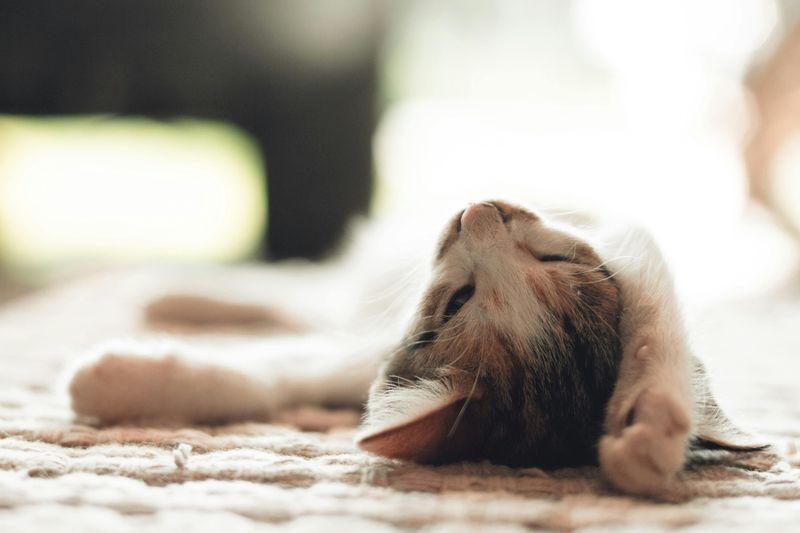📖 Table of Content:
- 1. Frequency Familiarity
- 2. Species-Specific Signals
- 3. Inconsistent Prosody
- 4. Lack of Referential Content
- 5. Context Matters
- 6. Acoustic Clarity vs. Ambiguity
- 7. Evolutionary Communication Differences
- 8. Overemphasis on Vowel Sounds
- 9. Invasion of Personal Space
- 10. Overstimulation
- 11. Neurocognitive Processing
- 12. Stress vs. Comfort Thresholds
- 13. Lack of Predictability
- 14. Social Bonding Differences
- 15. Individual Variation
Intriguingly, our feline companions possess an auditory and sensory world that differs vastly from ours, making human baby talk a perplexing phenomenon for them. Their unique perception means that the soothing tones and inflections we often use might not convey the same comfort or meaning as intended. Many cat owners have noticed that despite our best intentions, these simplified speech patterns can sometimes miss the mark. Experts suggest that there are at least 15 cat-approved explanations detailing why this disconnect occurs.
The nuances of baby talk often fail to resonate with our whiskered friends due to the intricacies of their communication system. Their ears are finely tuned to pick up a wide range of sounds that we might inadvertently overlook when we speak in a gentle, childlike manner. This discrepancy can lead to misunderstandings where the intended warmth of baby talk is lost in translation. Each explanation—from tone modulation to the frequency range used—offers insight into the complex relationship between human speech and feline interpretation.
Feline behavior experts believe that our pets are simply tuned into a different set of auditory cues. Consequently, what seems like affectionate chatter to us may appear as odd or even puzzling noise to them. Ultimately, understanding these differences can help cat owners refine their communication techniques to better suit their pets’ unique world.
1. Frequency Familiarity
Naturally, cats are attuned to frequencies within their own vocal range. The high-pitched tone of baby talk may not match these natural frequencies, making it feel unusual rather than soothing. This exaggerated pitch often seems unfamiliar instead of comforting. Cats tend to respond better to sounds that resemble their own calls, which are rich in specific tonal qualities. To better engage a cat, it is advisable to use vocalizations that mirror their natural communication. Gentle meows or purring sounds are more likely to capture their attention. A softer, more natural approach can create an environment that is both acoustically appealing and easily recognizable for them.
2. Species-Specific Signals
Cats communicate using a blend of vocalizations and body language, which differs from human baby talk designed for infants. This talk doesn’t incorporate feline communication cues, making it less effective. Cats read signals using different sensory modalities than humans. Without understanding these cues, baby talk loses its impact. Enhancing communication involves mimicking feline sounds or using consistent gestures. Cats appreciate familiar patterns, and aligning communication methods with feline language enhances the bond. Recognizing these differences fosters better interactions. Baby talk, lacking these elements, may not engage cats as intended.
3. Inconsistent Prosody
The rhythmic variations in baby talk can puzzle cats who favor consistent auditory patterns. They thrive in environments where sounds are predictable. Baby talk’s intonation shifts may seem chaotic to a cat’s ear, disrupting their sense of stability. Cats, sensitive to changes, might feel uneasy with inconsistent rhythms. Offering predictable and gentle vocal patterns can create a more secure auditory environment. By maintaining consistency, communication becomes more comforting and engaging for cats. They appreciate stability, and providing it helps in forming a stronger connection with your feline friend.
4. Lack of Referential Content
Baby talk often lacks clear intent, reducing its effectiveness. Cats associate sounds with specific actions or needs, like mealtime or attention. Without referential content, baby talk seems like meaningless noise. To engage a cat, it’s essential to use sounds that have contextual meaning. Clear vocal signals tied to actions help in communicating better. This approach strengthens understanding and response. Cats prefer communication that includes recognizable cues. By aligning vocal cues with their expectations, it becomes easier to connect. Baby talk, without referential meaning, misses the mark on feline communication.
5. Context Matters
Feline communication thrives on context, integrating body language and environmental cues. Baby talk, without these elements, may appear meaningless. Cats rely on a holistic sensory approach to communication. Pairing vocalizations with gestures and familiar surroundings enhances understanding. To effectively communicate, consider the entire sensory experience. Cats find comfort in recognizable environments, making contextual communication vital. Baby talk might lack these integrative cues, leading to disengagement. Ensuring vocal and environmental consistency fosters stronger bonds. Emphasizing context in communication helps cats feel secure and understood, enhancing interaction.
6. Acoustic Clarity vs. Ambiguity
Clear and consistent tones are processed better than the exaggerated sounds of baby talk. This clarity in sound aids in their understanding and response. Ambiguity in vocalizations can lead to confusion and disinterest. For effective communication, using straightforward tones creates a more engaging interaction. Cats are drawn to sounds that are easy to decipher and align with their natural auditory processing. Baby talk often introduces ambiguity, making it less appealing. By simplifying vocal interactions, it becomes easier to capture a cat’s attention, fostering a more meaningful connection.
7. Evolutionary Communication Differences
Over millennia, cats have evolved distinct communication methods separate from human interaction. Baby talk doesn’t align with these evolutionary traits, making it less engaging. Cats prioritize vocalizations that have evolved within their species. Human-centered communication, like baby talk, lacks relevance in feline communication. Understanding these evolutionary differences can enhance interactions. By adopting cues cats are naturally inclined to respond to, communication becomes more effective. This approach respects the unique evolutionary path cats have taken, fostering mutual understanding. Baby talk, lacking evolutionary alignment, might not capture a cat’s interest.
8. Overemphasis on Vowel Sounds
Baby talk stretches vowel sounds, altering language cadence. Cats, attuned to specific pitches, might find these stretched sounds less engaging. Their natural communication involves concise vocalizations. To connect with cats, using sounds that replicate their calls is beneficial. This approach respects their auditory preferences. By focusing on natural cat calls, communication becomes more effective. Cats appreciate vocalizations that mirror their own sounds, fostering better interaction. Baby talk’s emphasis on unusual vowel stretches can disrupt this. Aligning vocal patterns with feline preferences enhances understanding, making communication more resonant.
9. Invasion of Personal Space
Cats value their personal space and can become uneasy when humans encroach upon it, especially during overly enthusiastic interactions. Baby talk sometimes accompanies close, face-to-face gestures that can feel intrusive. Be mindful of maintaining a respectful distance. Allow your cat to approach you instead, providing them with a sense of control and comfort.
10. Overstimulation
Often, the lively mix of high-pitched baby talk and animated gestures can overwhelm a cat in no time. Such intense sensory input may prompt them to retreat as a means of self-protection. To avoid this, temper your interactions with gentle, measured movements and a softer voice. This balanced approach keeps your cat engaged without triggering overstimulation.
11. Neurocognitive Processing
Interestingly, the feline brain processes sounds in a unique way compared to humans. What we consider sweet baby talk might register as inconsequential noise to cats. Their auditory system is tuned to pick up on entirely different cues than those we prioritize. This means that common human inflections and tones could easily be lost on them. Recognizing this difference is key to improving how we communicate with our furry friends. Understanding how cats interpret sound can dramatically enhance our interactions with them. When we use vocalizations that align with their neural preferences, we foster clearer and more effective communication. Instead of relying on baby talk, which doesn’t resonate with their natural auditory framework, we can opt for sounds that are more meaningful to them. This approach respects the intricate workings of the feline mind and tailors our behavior accordingly.
12. Stress vs. Comfort Thresholds
Unusual sounds, even soothing ones, can sometimes stress cats. Baby talk might disrupt their expected auditory landscape, raising alertness instead of calming them. Cats thrive in environments where sound patterns are familiar. Introducing unfamiliar vocalizations can trigger stress. To maintain comfort, create a stable sound environment. Cats appreciate predictability, and adhering to this enhances their sense of security. Baby talk, with its unusual tones, might not meet their comfort thresholds. By understanding and respecting these auditory preferences, interactions become more comforting, building a secure and trusting relationship.
13. Lack of Predictability
Unfamiliar patterns in baby talk may not meet their expectations. They prefer consistent communication cues. To engage a cat, maintain predictable vocal patterns. This approach aligns with their cognitive preferences, enhancing interactions. Cats find comfort in routine, and providing it fosters stronger bonds. Baby talk, with its varied patterns, might fail to resonate. By ensuring predictable communication, it becomes easier to connect and engage effectively. Predictability in vocal interactions supports a harmonious relationship, respecting a cat’s natural inclinations.
14. Social Bonding Differences
Human baby talk aids in bonding with infants but doesn’t translate to cats. They bond through different modalities, like grooming and proximity. To connect, focus on these feline-preferred methods. Cats appreciate close contact and familiar rituals. Baby talk, lacking these bonding cues, might not foster connection. Recognizing and adopting feline bonding techniques enhances relationships. By aligning interaction with their bonding style, communication becomes more meaningful. Respecting these differences strengthens bonds, creating a more harmonious interaction. Baby talk, not tailored to feline needs, might not fulfill their social requirements.
15. Individual Variation
Cats, like people, have unique personalities. Some are receptive to novel sounds, while others aren’t. Baby talk might appeal to a few but not all. Recognizing these individual preferences is key. Tailoring communication to each cat’s personality enhances interactions. Some might enjoy baby talk’s novelty, while others prefer traditional cues. Understanding and respecting these differences fosters a better connection. Baby talk, not universally appealing, requires adaptation. By observing and adjusting to a cat’s unique preferences, communication becomes more effective, creating a personalized and engaging experience.
